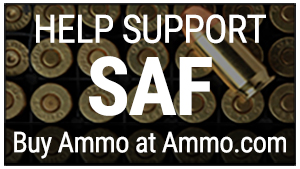
By Michael A. Black | Contributing Writer
As I began writing this article two more school shootings occurred. One was in Dallas, Texas on April 14, and a second one at Florida State University in Tallahassee, Florida on April 17.
This latter one was reminiscent of the Virginia Tech shooting as well as the one years ago at my alma matter, Northern Illinois University. As to the one in Dallas, similarities to such previous tragic events were obvious: an armed offender, gained entry to a school through an unsecured door and began shooting people indiscriminately, this time injuring four. He was reportedly taken into custody sometime after the incident.
This pattern is all too common in recent decades, bringing back memories of the Columbine High School shooting and even the Texas University Clock Tower incident. They all bear a familiar pattern: a sociopathic loser arms himself, gains entry to a “soft target,” such as a school, and begins gunning down the people inside who have no defense. Often these victims are children. While politicians and law enforcement authorities endlessly debate the best way to prevent and/or deal with these horrific incidents, the old adages of being prepared and being ready to act ring true.
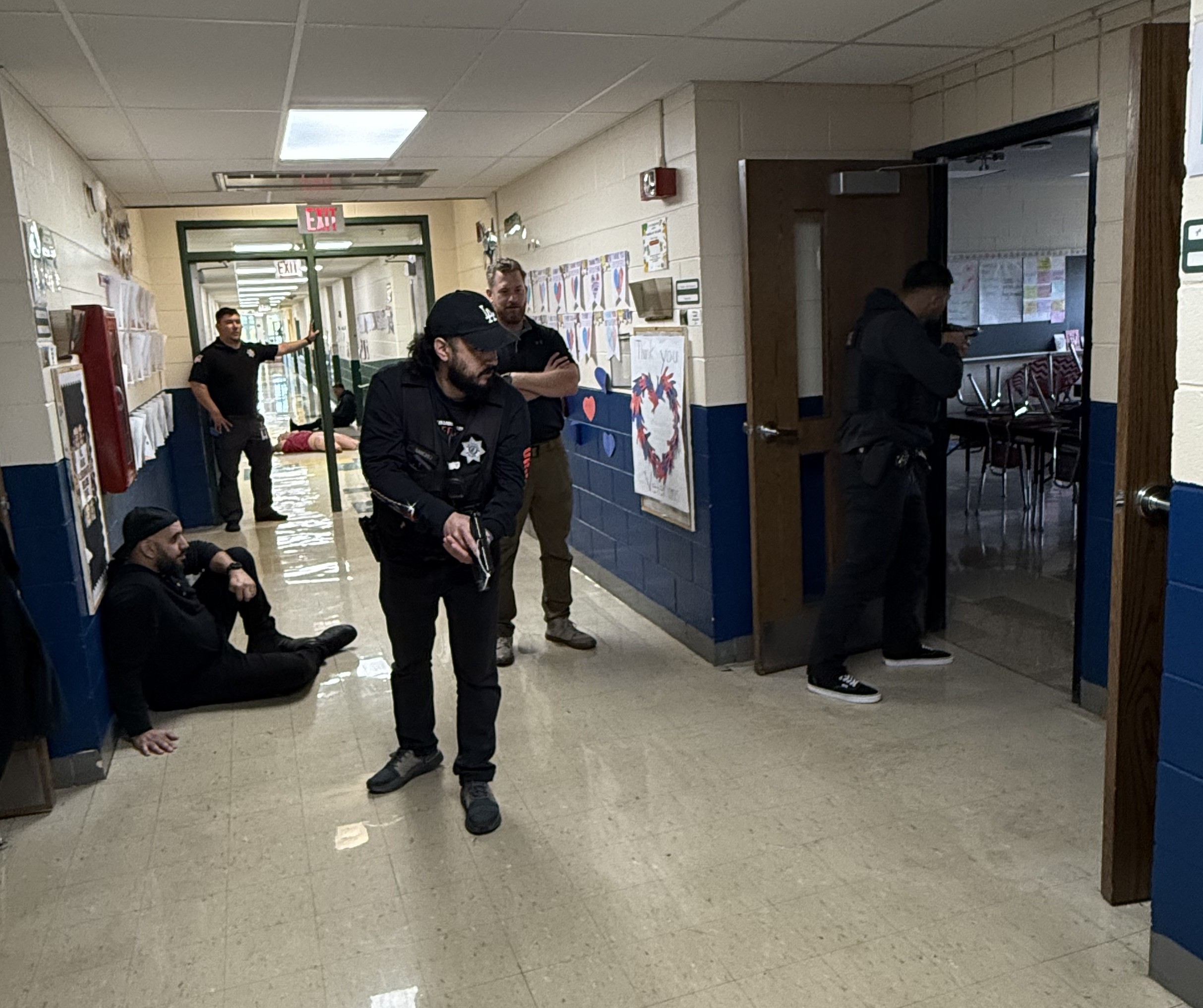
What’s the best way to respond to such incidents and, along those lines, ensure your own survival?
Certainly, prevention is a key factor. As stated above, many of these killers gained access to the building through an unsecured door. Other shooters, such as in the Parkland Shooting, shot through a glass door and entered. Aesthetics aside, reinforced and alarmed entrances, especially in schools, should be a nationwide mandate. So should armed security, but again, that’s something that will unfortunately be endlessly debated and most likely never be implemented nationally.
So how does one respond to and survive an active shooter incident?
After the shocking Columbine High School shooting, police departments all over the country scrambled to reevaluate the best way to handle such situations. By way of review, this school shooting occurred in 1999. Two demented students with some axes to grind smuggled an explosive device and an assortment of guns into Columbine High School. When the bomb failed to detonate they began walking around shooting people. Some of the carnage was caught on cameras inside the school.
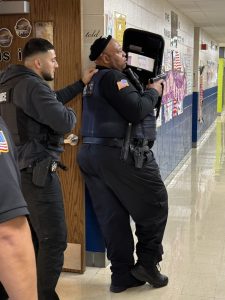
Responding units received spotty information on the shooters, who were described as “young students.” Uncertain as to how to proceed, the police response was subsequently deemed ineffective, although both shooters committed suicide within 15 minutes of the onset. In retrospect, time passage and rapid response proved critical. Unfortunately, in the years that followed, way too many other similar shooting incidents occurred at various places around the nation. Among them were the Sandy Hook school shooting, the Aurora, Colorado theater shooting, the school shooting in Parkland Florida, the Virginia Tech Shooting, and the more recent debacle in Uvalde, Texas. The highly criticized response of the police in that incident ended with 19 children and 2 teachers dead, along with 15 more wounded. Two police administrators were subsequently indicted for what was described as their inept handling of the situation.
It should be noted that I’m not pointing the finger here. These situations are volatile and unpredictable. Anyone who has experienced the high pressure dynamics of a critical incident knows how difficult it is to deal with an ongoing emergency. Thus, I am going to concentrate on the prescribed responses along with a few tips on staying alive for any concealed carry individuals who may get caught up in such a disastrous situation.
After Columbine, a new form of police response to an active shooter situation was formulated and extensive training was conducted all over the nation. When I was still on the PD, I participated in these training scenarios and later conducted some training sessions myself. Over the years the response techniques have been refined and changed, but the basic goal remained the same: Responding officers should enter the building, locate the shooter, and eliminate the threat as quickly as possible.
The initial formulated police tactical response was known as “The Diamond.” This entailed a group of officers forming a “diamond-like” offensive group, guns drawn and outstretched, entering the building and proceeding down hallways to locate and engage the active shooter. Depending on how many officers were available, the ideal formation had a point man as the tip of the spear, flanked by a team leader in the center directing the movement, and two more officers on each side. An additional officer was assigned facing backwards as a rearguard.
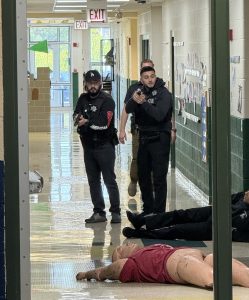
The diamond formation would then move forward in the center of the hallway, with the two officers flanking the centered team leader would check doors on each of their respective sides if some disturbance was heard.
If the group came upon a fallen victim, the person was not checked for a pulse and their position was communicated by radio. No first aid or assistance was to be given in that the focus remained on locating the threat and neutralizing it. Listening for sounds of gunfire and commotion was part of the interactive strategy. So was the smell of burnt gunpowder. In theory, this diamond formation worked well as could be expected.
In such a horrific situation as an active shooter in a school, identifying the shooter could be problematic in cases where accurate intel is not forthcoming. Many normally dressed people may come running toward you, waving their arms. Are they friend or foe? A police officer has only a few seconds to decide.
The deranged school shooter in the Parkland, Florida made his escape by mixing in with the other fleeing students. He was subsequently apprehended sometime later, but the fact remains, identifying the bad guy can be problematic at times, especially with a large, fleeing group of innocent civilians. This increases the pressure in a shoot-don’t shoot situation. The last thing needed is a victim casualty in a police-related shooting. It’s also possible that if the undetected bad guy slips by the first responders, he could turn and fire at them. That’s why a rear guard in the police formation is essential. At the very least, if possible, make a concerted effort to do a quick stop and frisk of anyone approaching and claiming to be fleeing the shooter.
Swift decisive action is needed in these incidents in order to save lives.
Case in point, the church shooting that occurred in White Settlement, Texas Dec. 29, 2019. A mentally deranged transient entered the church with murder on his mind. His unusual appearance, a fake beard and long, heavy coat, immediately attracted attention and as church personnel approached him, he pulled out a pistol-grip shotgun and shot two people. Only the quick and heroic actions of an armed citizen in the church prevented more tragic deaths.
Jack Wilson, who was himself armed with a concealed carry pistol, shot the killer in the head at a distance of around 12 yards. Wilson had a background in law enforcement and owned a gun range. Obviously, he was well trained and a proficient shot—something that all concealed carry individuals should be. As I’ve said before, you react in accordance with how you train. You owe it to yourself to not only keep your weapons in good condition, but also maintain your shooting skills.
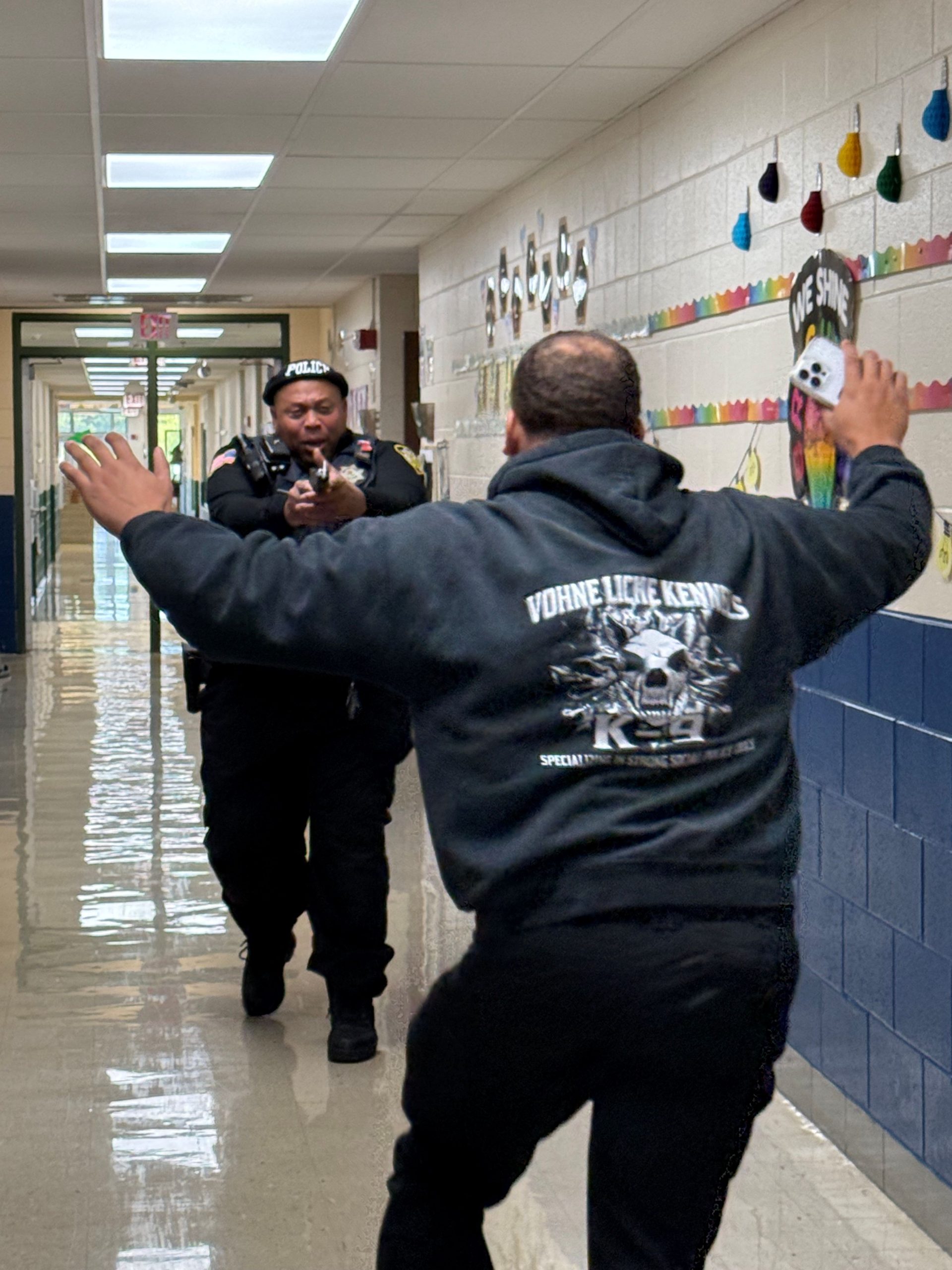
Keep in mind that if you’re an armed person with a concealed carry permit who’s suddenly caught up in such an emergency situation, identifying the renegade shooter might not be easy. Also keep in mind that responding police units don’t automatically know if you’re one of the good guys. Your concealed carry training should not only include training in shooting, but also how to act so as not to get inadvertently shot by responding police. If the identity and location of the active shooter is unknown, it may be prudent to seek cover and remain in a room, especially if you have innocent civilians with you. Protect those people and wait for the shooter to make himself known.
Also keep in mind your lack of intel. There may be more than one shooter, and chances are you’ll be outgunned. Use of cover and concealment should be incorporated into your training. It’s not a bad idea to make a habit of automatically familiarizing yourself with your surroundings as you enter a building. Look for exits, cover positions, and possible suspicious people. Make it a game, if you will, but be constantly aware of your surroundings and formulate a mental plan in case may have to spring into action. The old saying prevails: Fortune favors the prepared mind.
If you do engage with and bring down the active shooter, use caution in your approach to remove his weapon, even if he appears unconscious or dead. Also be aware that he may not have acted alone. Maintaining a cover position until the arrival of police officers might be the wisest course. When the police arrive, announce your presence as an armed concealed carry individual, lay your weapon on the floor, and raise your hands above your head, palms open and fingers spread as you stand. Follow the commands of the police officers, and expect that you may be restrained and handcuffed until the officers have totally reviewed the scene. Avoid approaching them, especially if you still have possession of your gun, and don’t make any quick movements.
Being prepared and maintaining your shooting skills are imperative for those of us who carry concealed. Remember, once again, whether you’re a first responder or a concealed carry weapon’s holder caught up in an active shooter situation, how you train is how you will react.
Note: The author wishes to thanks the men and women of the Bridgeview, Illinois Police Department for allowing him to view their active shooter training.



